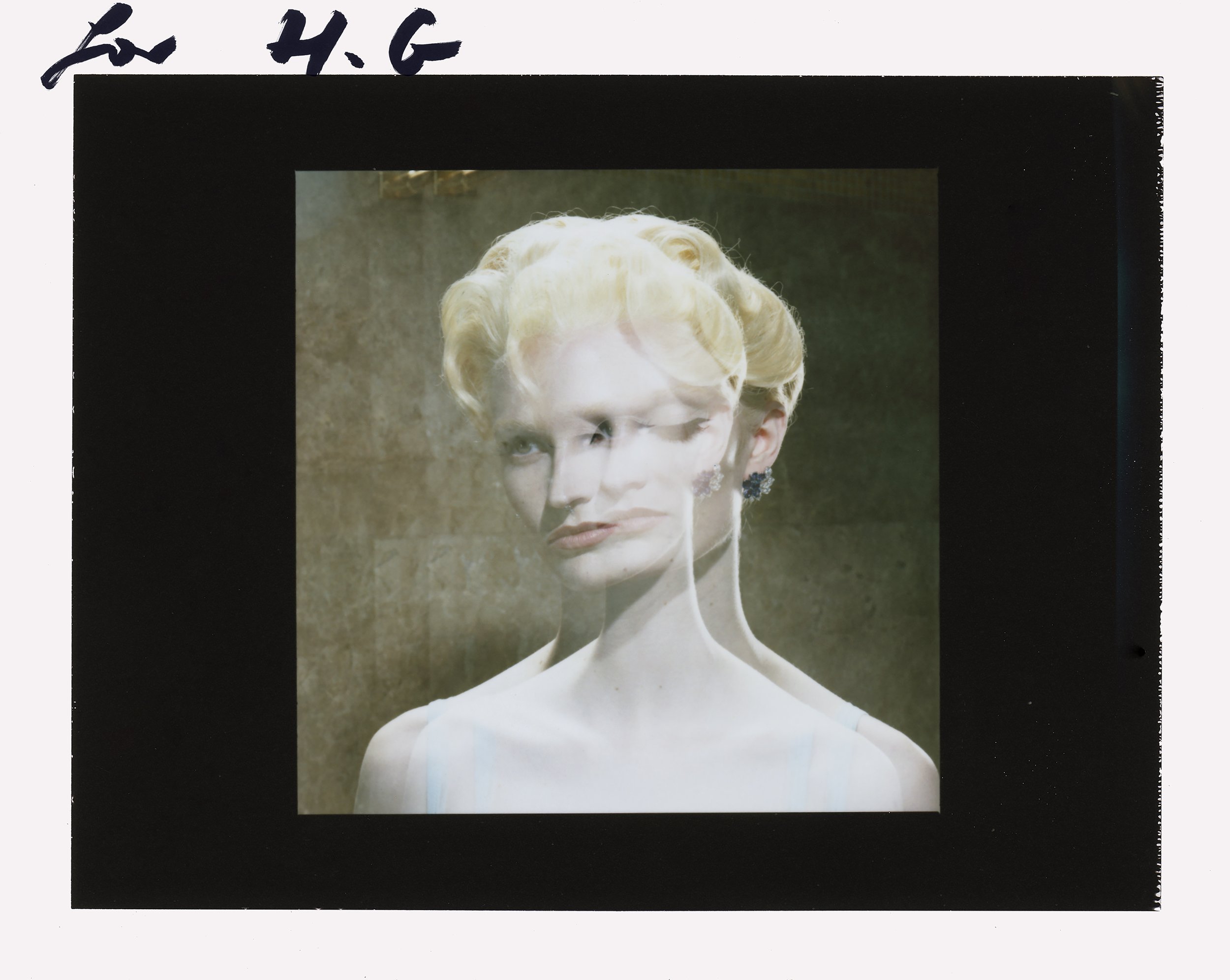Miles Aldridge: IMPERFECT BEAUTY
The Legendary Photographer On Discovering The Art Of The Lost Moment
There are few photographers working today whose body of work is instantly recognizable, but Miles Aldridge has made memorability his signature. His subversive pop art scenes of hypnagogic color-soaked cinematic perfection contain an elusive aesthetic quality that runs through every image like an enigmatic signature, one that has been busily deconstructing notions of female beauty and the malegazeforthepast20years. His recent book, P leaseReturnPolaroid(Steidl), marked a radical departure from carefully staged and executed image-making, providing a glimpse into an unintentional and instinctual realm of the subconscious, where the genesis of his images actually takes place. In this extract from an extended interview in AUTHOR, he tells us why a love affair with disruption, decay, and destruction has revealed the beautiful imperfection of his inner life.
AUTHOR:What did you discover looking at the Polaroids that you felt you had never seen or realized before?
Miles -I started to nd pictures that I didn’t understand, even though I had taken them. I mean, there were pictures where I had taken a Polaroid of space before the models were placed in it, just so I could see the light and the strangeness of this empty scene, and it feels almost like a crime scene because of the attention that my camera and my light has created. There are many shots like that, where they are empty of the model and the scene becomes very pregnant and poignant with meaning. That is why, in a way, they feel appropriate, because I took them but I don’t remember taking them. I’ve found these images that are mesmerizing and intriguing to me, not because of the image I was trying to take, but because of accidental things, such as the model not being there or some damage to the image... I became really interested in creating a series of these that come together in a kind of Lynchian dream narrative.
AUTHOR: There is a sense of intense beauty precisely because of their imperfections.
Miles -I think there is always an attraction to things that are cracked or ruined or broken. What that is, I don’t know, but I think a concrete floor can be quite beautiful, but if it has a crack in it, then it
can be even more beautiful. The crack draws us into thoughts about our own mortality and as much as we want to be fabulous, we are not. The crack in the pavement, the tear in the canvas, and the smear of the pain, are all truthful marks that underpin this idea that we are not immaculate God-like creatures, we are all awed like the deeply human characters Shakespeare depicted in his plays.
AUTHOR:It’s the passing of time that is beautiful, the melancholia – to paraphrase Shakespeare’s Richard II, let us make dust out paper and with rainy eyes write sorrow upon the bosom of the earth...
Miles -Beautiful. Yes, it’s all about the beauty that has passed. You know, I was so drawn to these awed scratched and wrecked images because I think, coming after I Only Want You To Love Me, where I had presented a kind of Technicolor universe; this represented the other side of the coin. This was the director’s script with all the continuity notes. It’s interesting for me how much I’ve enjoyed seeing these images, and the question for me now is, do I continue with the kind of Technicolour perfectionism, or can some of this accidental damage, disruption, and decay become instilled in the final images? I think the answer is yes, it can.
Interview by JOHN-PAUL PRYOR ,
Pictures by Miles Aldridge







